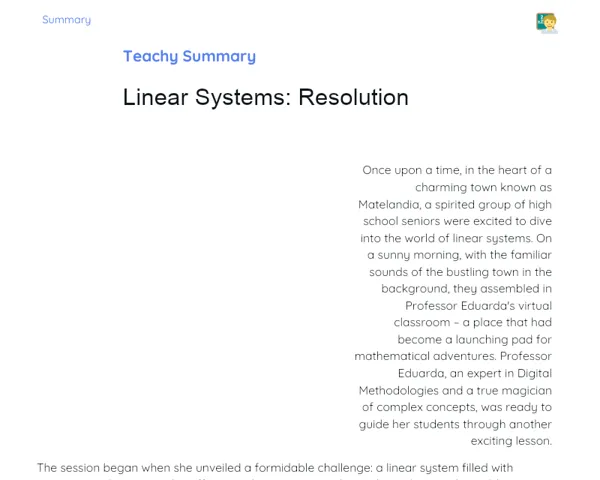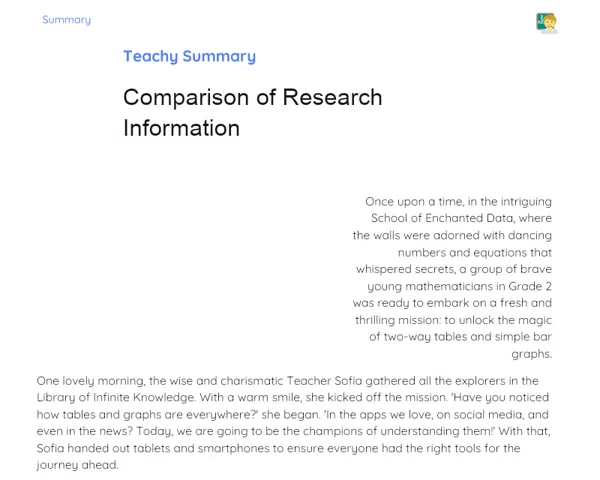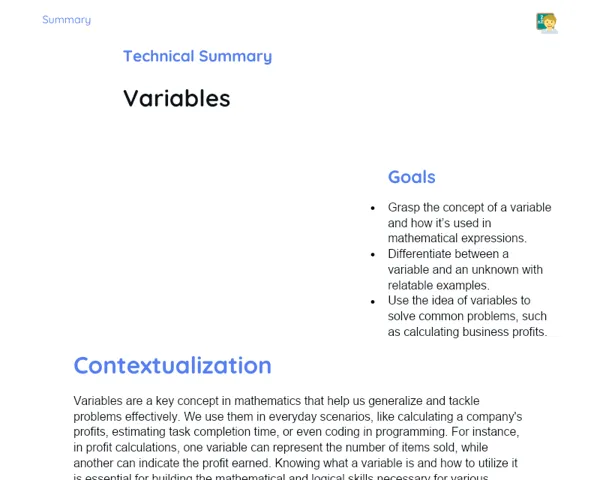Goals
1. Review the concepts of sine, cosine, and tangent in a right triangle.
2. Calculate the values of sine, cosine, and tangent in a right triangle with sides 3, 4, and 5.
3. Identify practical applications of sine, cosine, and tangent in real-world problems.
4. Relate the concepts of trigonometry to job market situations.
Contextualization
Trigonometry is one of the most captivating branches of mathematics, with practical uses in various aspects of our daily lives. Whether it's in construction or GPS technology, the principles of sine, cosine, and tangent are crucial for solving intricate problems. For instance, civil engineers rely on trigonometry to determine the slope of ramps and staircases, while architects use it to create safe and efficient designs.
Subject Relevance
To Remember!
Sine
The sine of an angle in a right triangle represents the ratio between the length of the side opposite the angle and the hypotenuse. This concept is foundational in trigonometry and is commonly used to calculate heights, depths, and distances.
-
Sine is represented by the formula: sin(θ) = opposite side / hypotenuse.
-
It's applied to find the heights of objects and structures in engineering and architecture.
-
The value of sine ranges from -1 to 1.
Cosine
The cosine of an angle in a right triangle is the ratio of the adjacent side to the hypotenuse. It's frequently used in slope calculations and to model periodic phenomena such as sound and light waves.
-
Cosine is represented by the formula: cos(θ) = adjacent side / hypotenuse.
-
It’s utilized in various fields, including physics and engineering, to calculate slopes and forces.
-
The value of cosine also ranges from -1 to 1.
Tangent
The tangent of an angle in a right triangle is the ratio of the opposite side to the adjacent side. This function is especially helpful for calculating slopes and gradients, making it an indispensable tool for engineers and architects alike.
-
Tangent is represented by the formula: tan(θ) = opposite side / adjacent side.
-
It's used to determine the slope of ramps and roads.
-
Tangent can take values from -∞ to +∞.
Practical Applications
-
Civil Engineering: Calculating the slope of ramps and stairs to ensure they are accessible and safe.
-
Architecture: Designing safe and efficient structures by using trigonometry to ascertain angles and lengths.
-
Navigation: Applying trigonometry to calculate routes and distances in satellite navigation systems.
Key Terms
-
Sine: Ratio of the opposite side to the hypotenuse in a right triangle.
-
Cosine: Ratio of the adjacent side to the hypotenuse in a right triangle.
-
Tangent: Ratio of the opposite side to the adjacent side in a right triangle.
Questions for Reflections
-
How can understanding sine, cosine, and tangent assist you in your future career?
-
In what ways can trigonometry be applied to tackle everyday challenges you face?
-
Can you identify other fields, aside from engineering and architecture, where trigonometry might be crucial?
Practical Challenge: Calculating the Slope of a Ramp
In this mini-challenge, you'll use the principles of sine, cosine, and tangent to calculate the slope of a ramp and determine if it complies with accessibility standards.
Instructions
-
Form groups of 3 to 4 learners.
-
Select a location to construct a hypothetical ramp (e.g., the entrance of a school or a public venue).
-
Measure the height (h) and the length (c) of the ramp.
-
Calculate the slope of the ramp using the tangent formula: tan(θ) = h / c.
-
Verify if the calculated slope meets the accessibility standard (maximum of 8 degrees).
-
Create a sketch of the ramp, noting the measurements and slope angle.
-
Present your sketch and calculations to the class, explaining how you derived your results.



